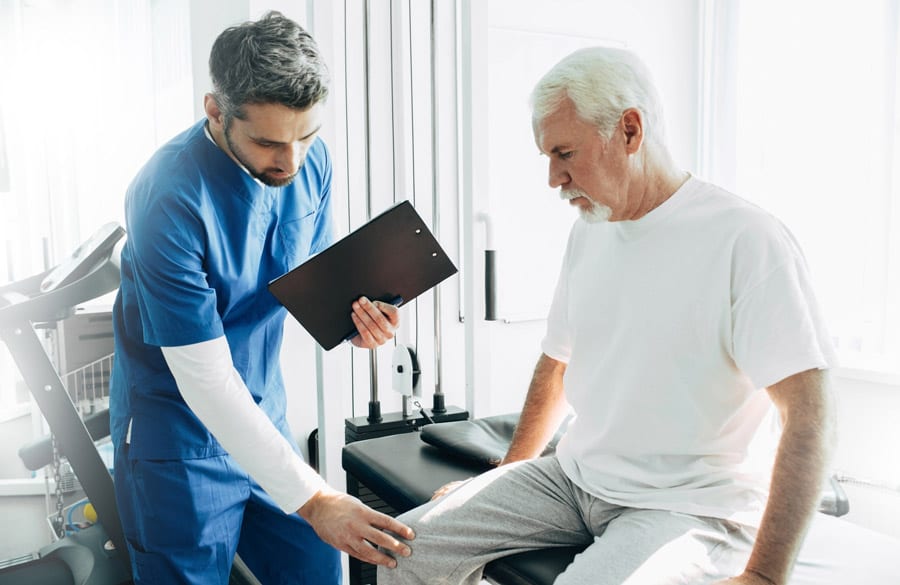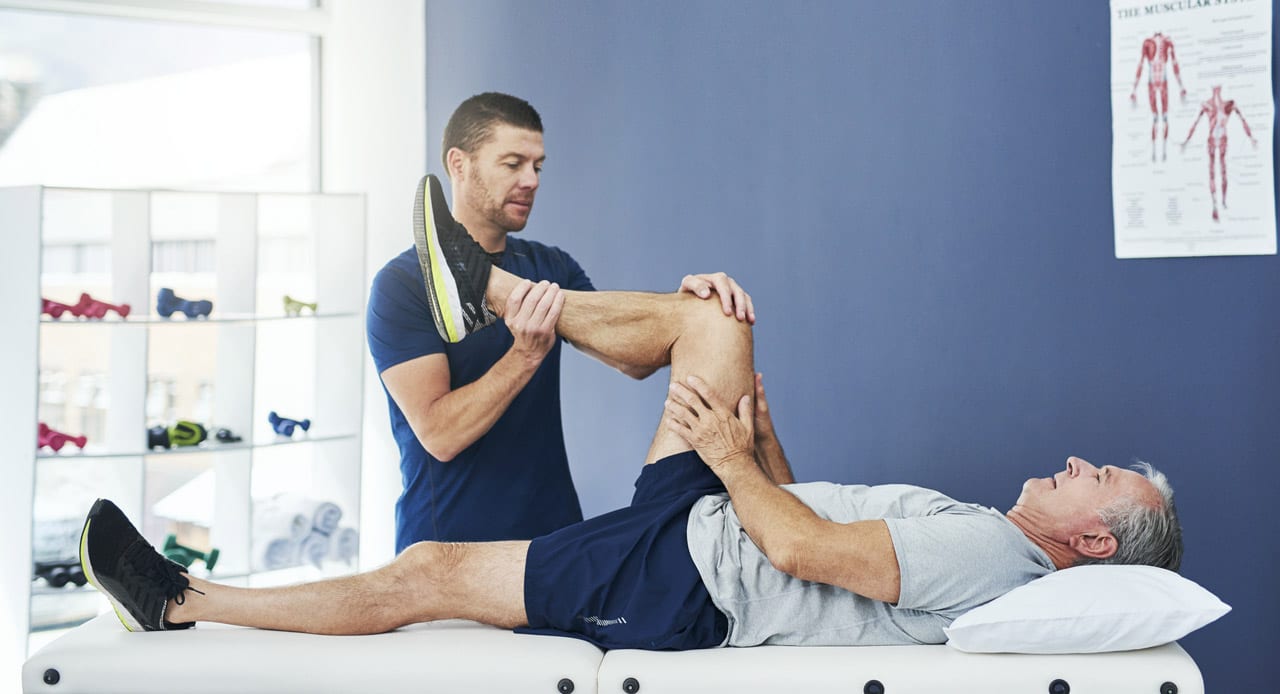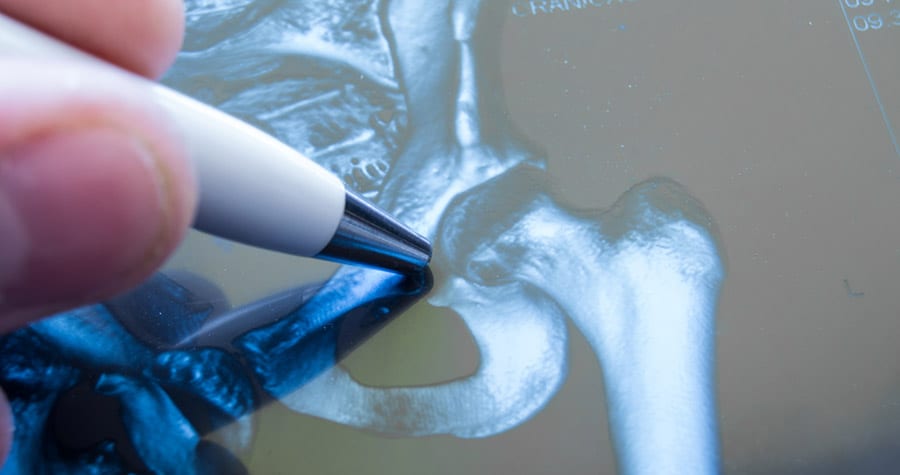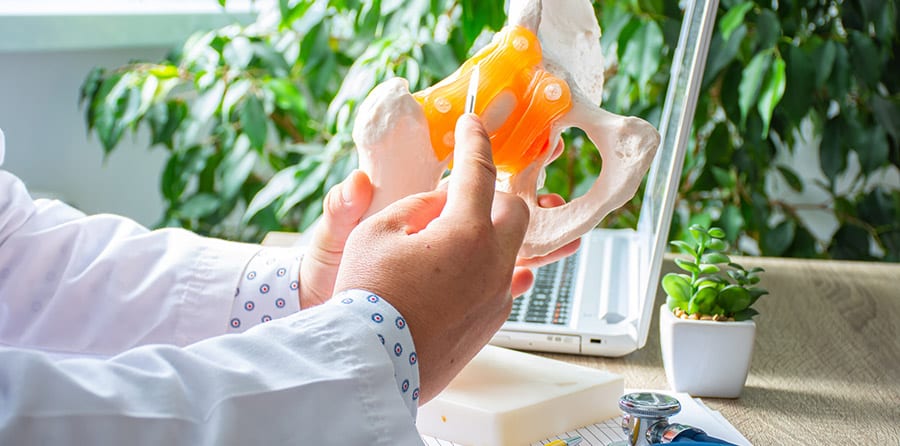
What To Expect During Total Knee Replacement Recovery
Patients who have just undergone total knee replacement (TKR) surgery will need to follow important guidelines for the next 12 weeks to ensure a full recovery. Here’s what a typical recovery plan looks like.
Day 1
Within the first 24 hours, patients will work with a physical therapist (PT) who will help them stand up and learn how to walk and move around with an assistive device, such as a walker, crutches, or cane. Patients will be asked to sit at the side of the bed, walk a few steps and transfer themselves to a bedside commode.
A physical therapist will also show patients how to use a continuous passive motion (CPM) machine, which is a device that slowly and gently moves the joints after surgery to help prevent scar tissue buildup and joint stiffness. Some patients may even leave the operating room with the device already operating.
The patient’s healthcare team will help set realistic goals for movement to ensure proper recovery but prevent the patient from pushing themselves too far too soon. On the first day, the patient will walk a short distance, work on bending and straightening their knee and learn how to use a CPM machine.
Day 2
On the second day, patients will work on achieving full knee extension and should try to increase knee flexion by at least 10 degrees.

Day 3
Most patients stay in the hospital for one to three days. At this point, patients should be able to:
- Get up and stand with little to no assistance
- Take longer walks and become less reliant on assistive devices
- Climb up and down stairs with assistance
Week 3
By week three, patients should be able to:
- Walk and stand for more than 10 minutes
- Bend the knee 90 degrees
- Fully extend the knee
- Walk with a cane or with no assistance at all

Weeks 4-6
By this stage, patients should be able to walk for longer periods of time and perform daily tasks, such as cooking and cleaning. Some patients may be able to start driving and even traveling.
Weeks 7-11
Patients will work with their physical therapist for up to 12 weeks to help strengthen their knee and the surrounding muscles and improve mobility and range of motion. Typical exercises may include:
- Toe and heel raises. The patient will be asked to stand and rise up on their toes and then on their heels.
- Partial knee bends. While standing, the patient will bend their knees and rise up and down.
- Hip abductions. The patient will lay on their side and raise their leg in the air.
- Leg balances. The patient will stand on one foot for as long as they can.
- Step-ups. The patient will step up and down on a single step, alternating feet.
- Bicycling. The patient will pedal on a stationary bicycle.
At this point, patients should be able to walk a few blocks without using any assistive device and perform other physical activities, such as recreational walking, swimming and bicycling.







